Jersey Cow vs. Holstein Cow
The Jersey cow is one of seven different breeds of dairy cattle in the U.S. They produce some of the highest-quality raw milk for human consumption. Packed with nutrients and vitamins, raw Jersey milk can be part of a healthy diet. It is a great source of protein and is beneficial to bone health. Best of all, lactose-intolerant people can enjoy its frothy goodness if they find a Jersey cow that produces A2 milk.
Yet, when most people think about dairy cows, the classic image of the black-and-white Holstein usually pops into their heads. Why? Probably because Holsteins make up nearly 90 percent of the U.S. dairy cows among commercial dairy farmers. Jersey cows account for roughly 9 percent, according to data from the Council on Dairy Cattle Breeding.
Just because Holstein cow milk makes it to the commercial market more than Jersey cow milk does not mean it is superior. Let’s look at these two dairy cow breeds and compare the similarities and differences.
Jersey cow and Holstein cow origin stories
Jersey cattle and Holstein cows come from two different countries in Europe. The Jersey cow breed originated from the adjacent coast of France in the English Channel on the Island of Jersey. Purebred Jersey cows are one of three Channel Island cattle breeds, along with Alderney and Guernsey. Alderney cows are now extinct. Jerseys are considered one of the oldest breeds of cattle, with the earliest records of their existence dating back to 1740. They first were brought to America in 1657 by early settlers.
Holstein cows come from the Netherlands. The breed was created when black cows from the Batavians (present-day Germany) were crossbred with white cows from the Friesians (present-day Holland). Crossbreeding them produced a cow that could yield high milk volumes on limited feed resources. Holsteins made their way to the U.S. in 1852 with a Massachusetts man named Winthrop Chenery. He brought them here to meet the growing demand for milk.
Size matters: Jersey cow vs. Holstein
It can feel like a case of David versus Goliath when you put Jersey cows and Holsteins side-by-side. Holsteins are the largest of all the dairy cow breeds, while Jerseys are the smallest. A full-grown Jersey cow weighs about 1,000 pounds and stands 48 inches tall. They average just 60 pounds at birth, with just 3 percent of their total body weight comprised of body fat. In comparison, Holstein cows can weigh 1,500 pounds when mature and stand 58 inches tall. They average 90 pounds or more at birth.
Physical characteristics and temperament
Holstein cows can be recognized easily by their predominantly black and white appearance. Some Holsteins have a red and white coat instead. Whether they are black and white or red and white, each Holstein cow’s pattern is unique. Jersey cows range from light brown to dark brown with black hooves. They also are known for their unique facial characteristics. Jerseys have what is affectionately called a “dish” on their faces. Their foreheads and noses form to make a slight V shape that makes their eyes appear larger.
When it comes to temperament, Holsteins are easygoing. It can take a lot to get them riled up, which is one of the reasons commercial dairy farmers prefer working with them. Jerseys, on the other hand, are curious. Sometimes that curiosity gets them into trouble because it can prompt a sassy streak in them. For the most part, Jerseys are friendly, which is one of the many reasons homesteaders prefer them.
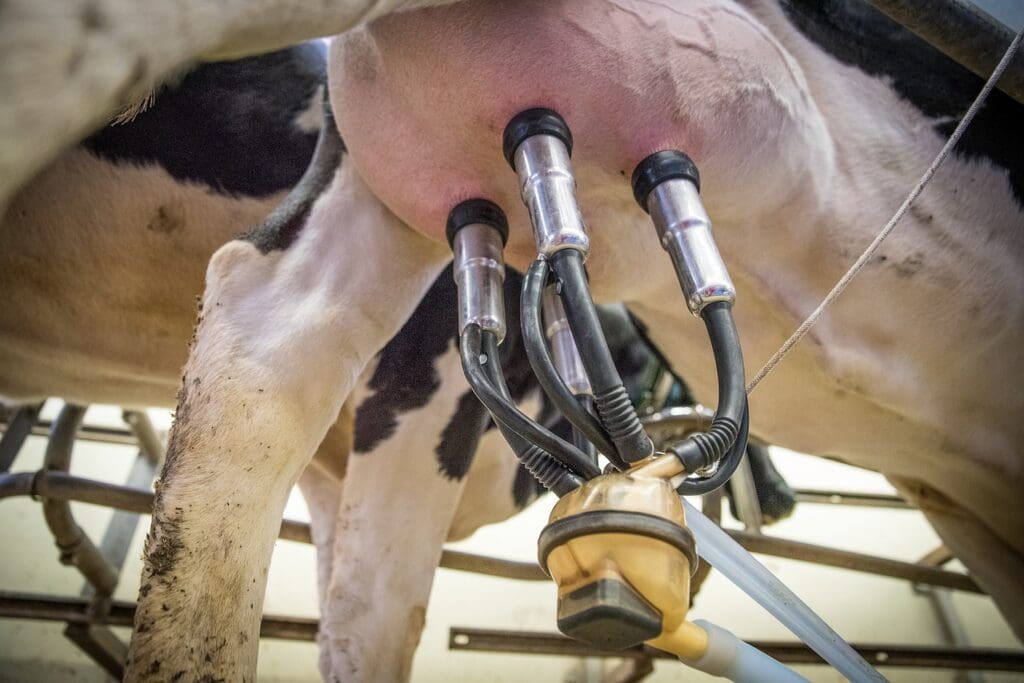
Milk production: Jersey cow vs. Holstein
Dairy cattle can live up to 20 years, but that does not mean they produce milk throughout their lifespans. Of the two breeds, Holsteins produce more gallons of milk per lactation than Jersey cows. During their lifespan, the average Holstein yields 23,000 pounds of milk. That is roughly 9 gallons of milk per day.
In comparison, Jersey cattle produce more than 17 times their body weight in milk each lactation, or roughly 6 gallons of butterfat milk each day. The truly amazing part is they do this with less feed than other dairy cattle require, making Jersey cattle a more affordable breed, especially for homesteaders.
When it comes to milk production, there is another marked difference between Holsteins and Jerseys. Holsteins predominantly yield milk with A1 beta-caseins. Why does this matter? Well, 68 percent of the world’s population is lactose intolerant. They have a reduced ability to digest A1 beta-casein protein, so drinking a tall glass of Holstein milk probably would not agree with them.
Jersey cattle predominantly produce A2 beta-casein protein in their milk. Since A2 milk is not associated with dairy allergies, lactose-intolerant people can enjoy raw Jersey milk and milk products made from it like cheese, ice cream, and yogurt. A small percentage of Jersey cows produce A1 milk, so it is best to conduct genetic testing to ensure you are getting an A2-producing Jersey if that is important to you.
Jersey cow vs. Holstein profitability factor
Jersey cattle are a profitable product. Sure, Holsteins may yield more milk per pound of body weight, but Jerseys convert a higher percentage of their intake to production. Jersey dairy cows also score better in the butterfat content of their milk than Holsteins. Raw Jersey milk has 4.7 percent of butterfat, while Holsteins only have 3.7 percent. Why does this matter? Despite the hysteria over milk fat causing obesity, people who drink raw milk with a high percentage of butterfat have lower central obesity.
Jersey cows also:
- fare better in hot climates.
- reach puberty eight weeks sooner.
- have a stronger instinct for foraging.
- require less feed to produce high-quality milk.
Choosing the right dairy cow
There are several factors that may influence whether you want a Holstein or Jersey cow for your homestead. We prefer Jerseys here because they simply produce higher-quality milk. With Kelsey’s A1 beta-casein allergy, having a Holstein would not benefit us unless we purely wanted to sell our milk. Since our primary purpose in having a dairy cow on our homestead is to provide a source of nutritious raw milk for our family, a Jersey made more sense for us. Hopefully, this comparison between Holsteins and Jerseys helps you make the choice that is best for your family.
Happy homesteading!
In our kitchen, we only use cultures from Cultures for Health.
Get yours here and start culturing today.
Popular Articles
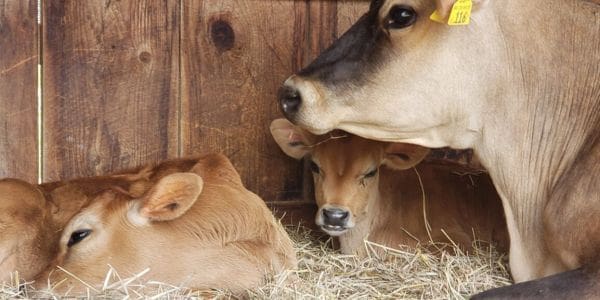
Raw Milk Revolution: 2023’s Milestones in State Legislation
Newsletter
Get signed up to get latest updates and new information from the Jersey Milk Cow!
This site uses Akismet to reduce spam. Learn how your comment data is processed.

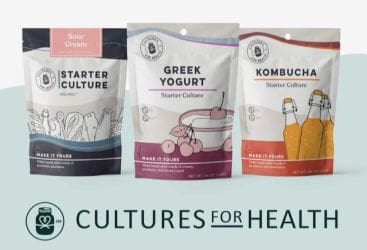
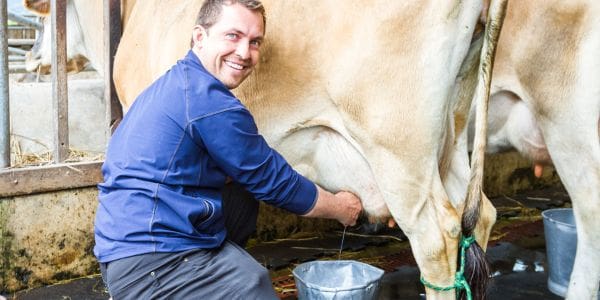
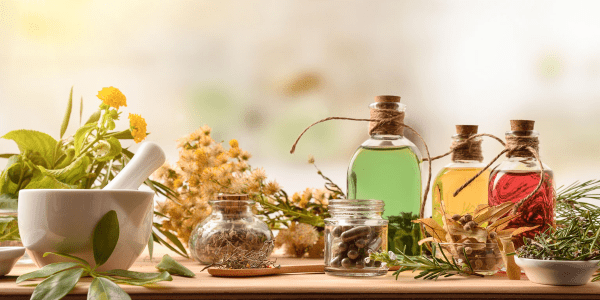

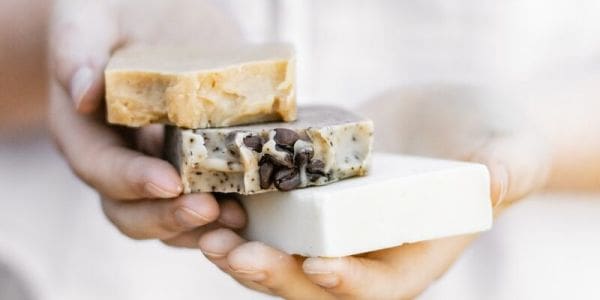
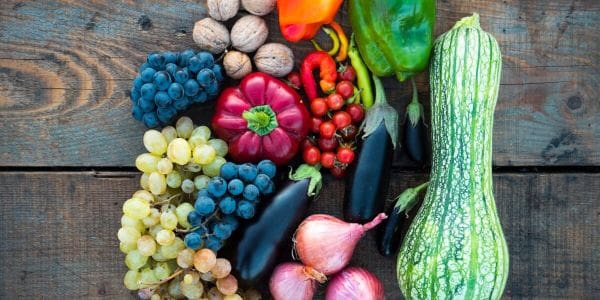

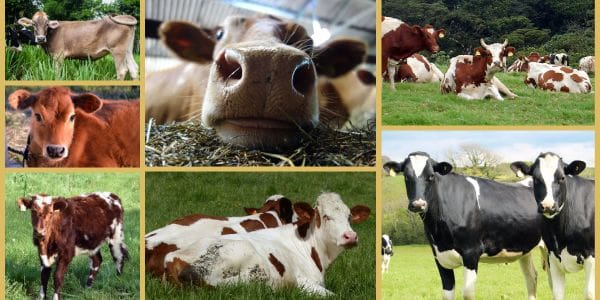
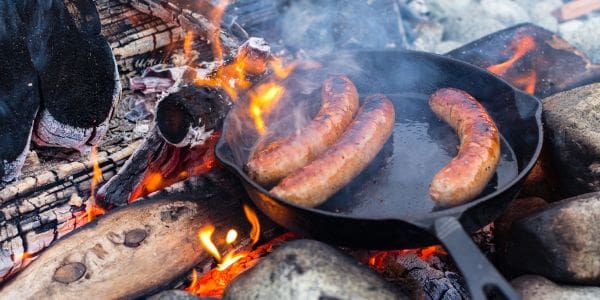

Leave a Reply